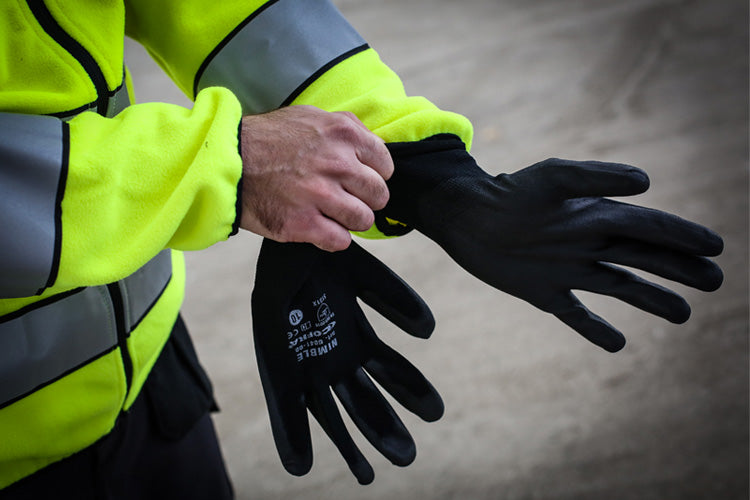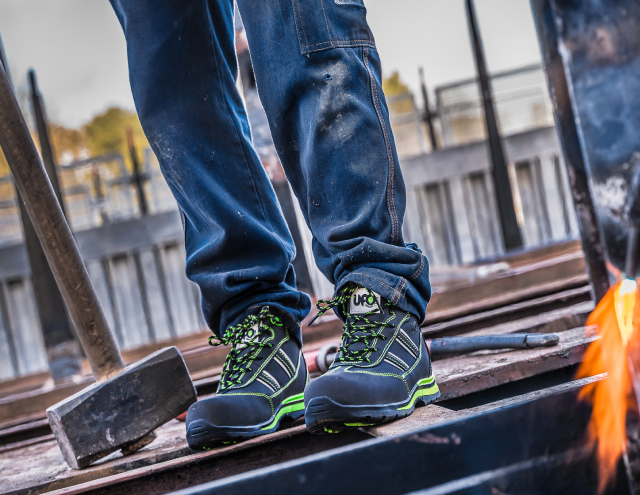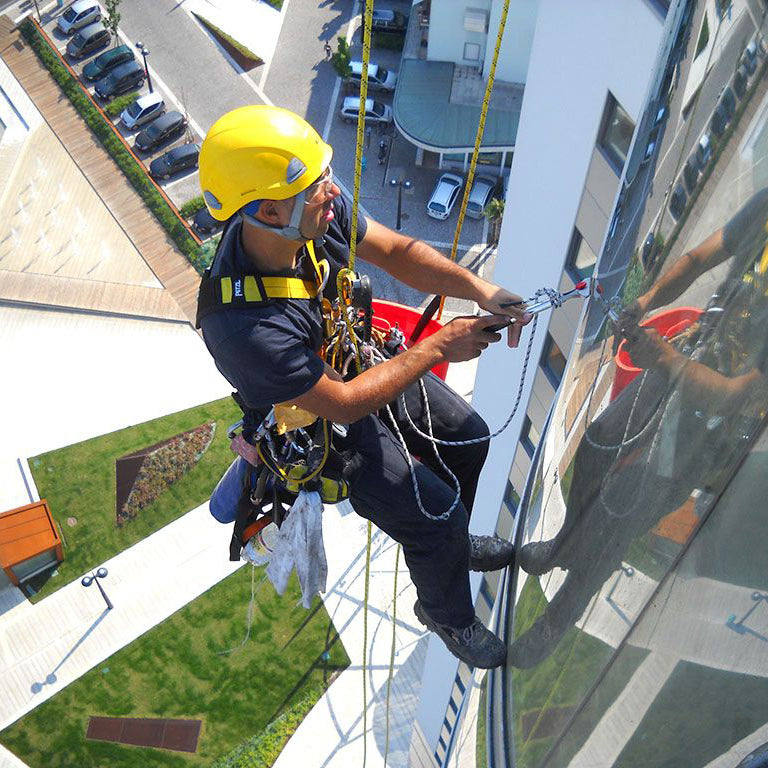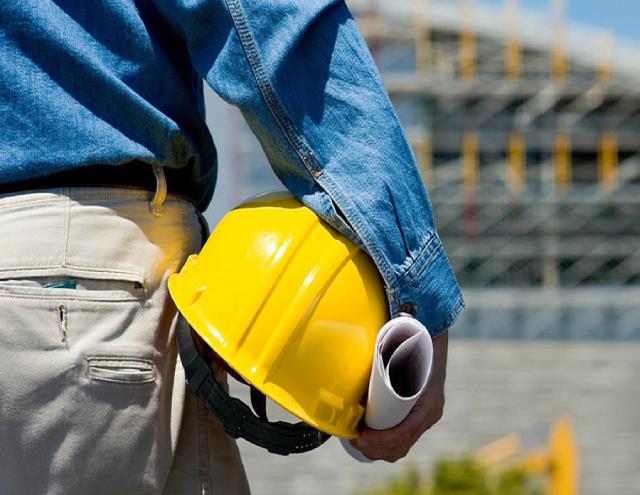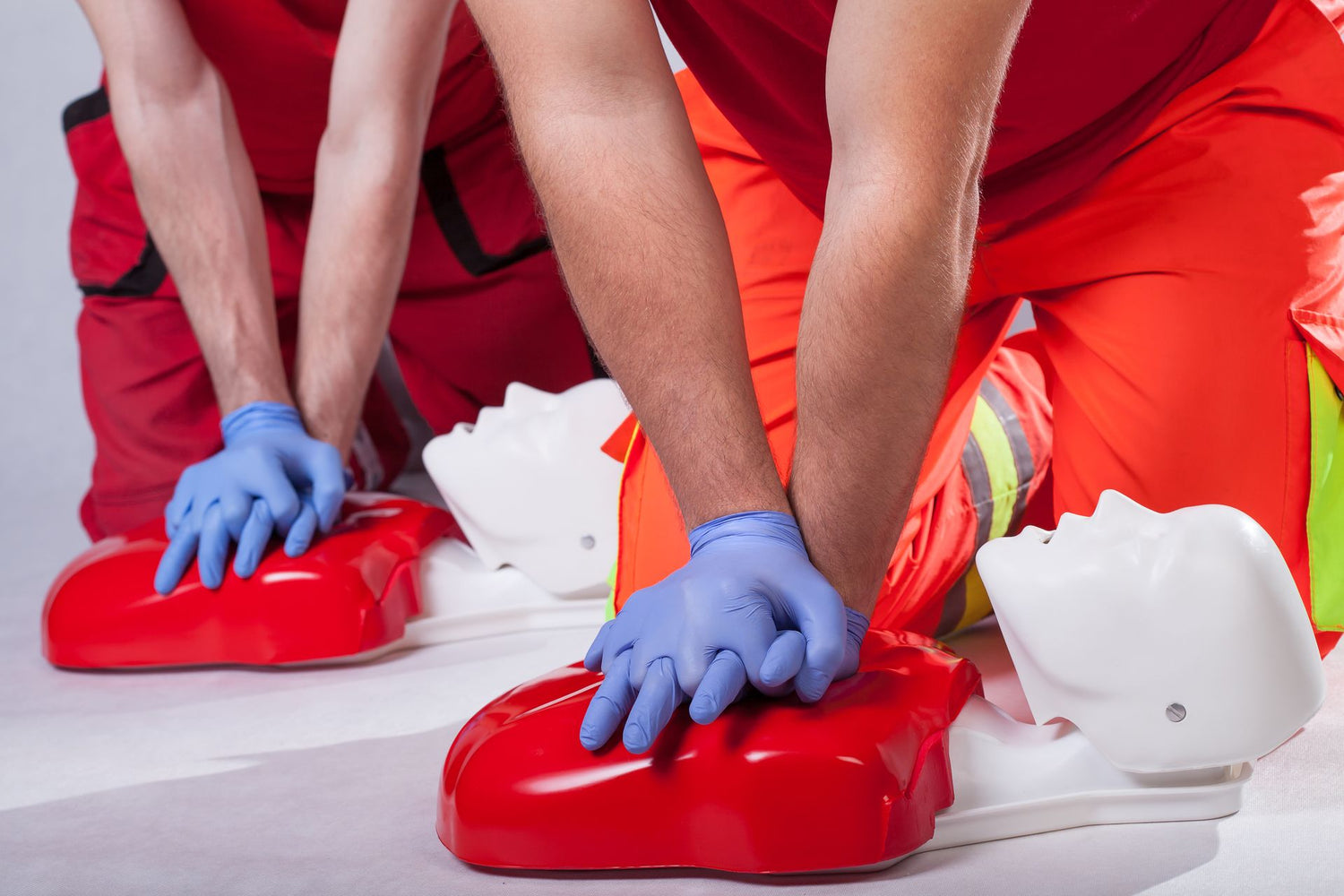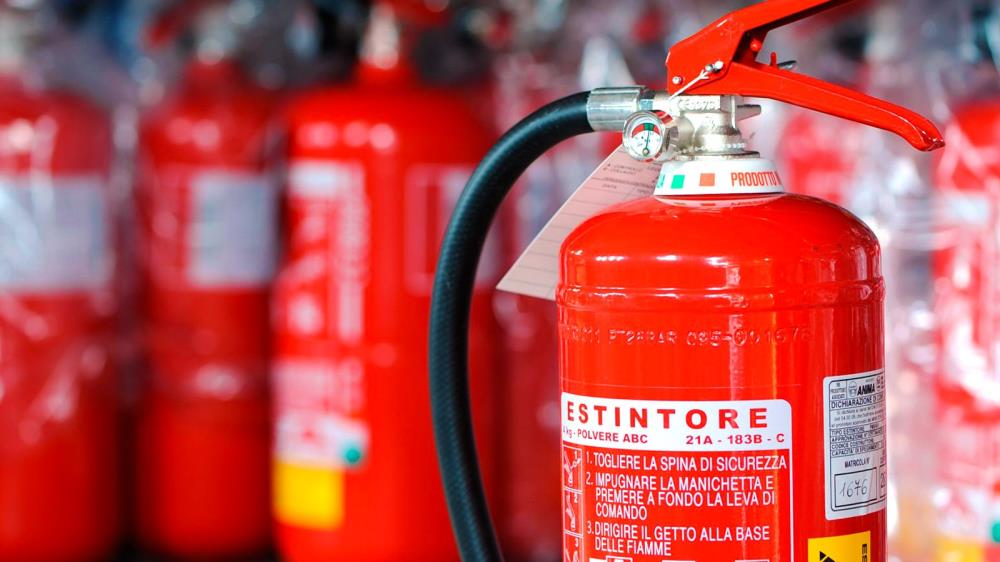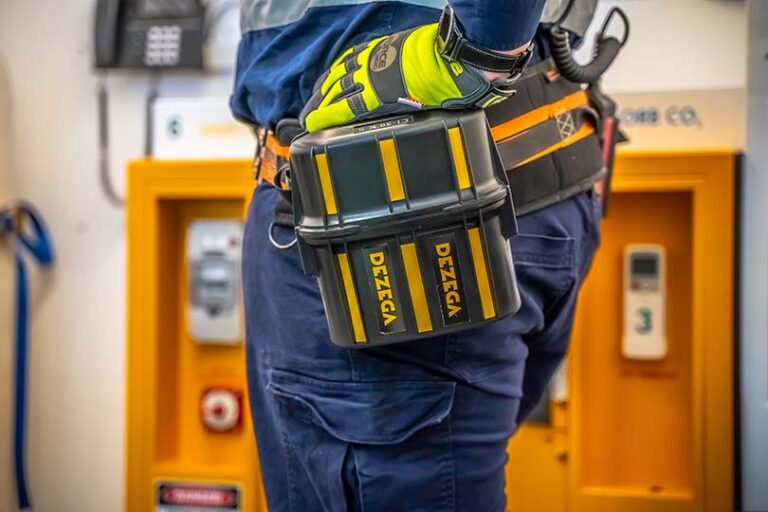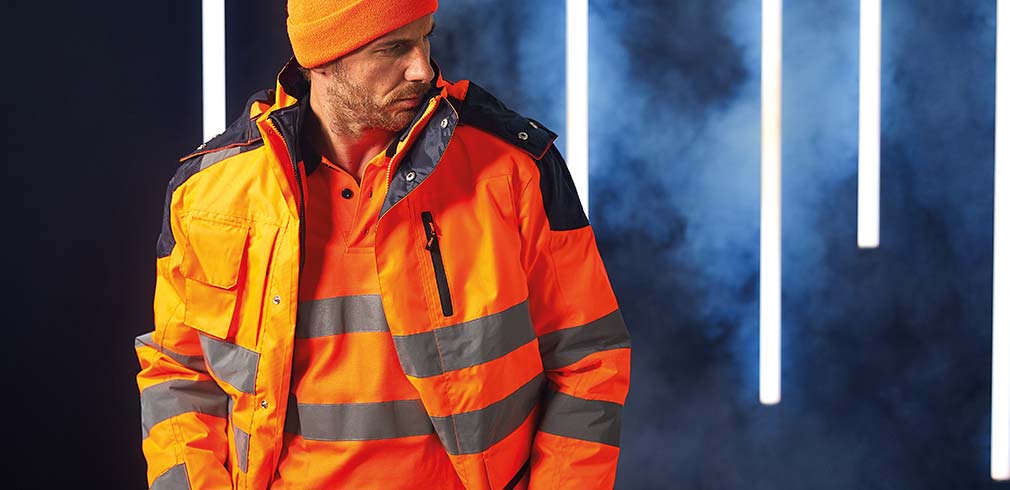Noise in the workplace is not only bad for the concentration and mood of you and your colleagues, but it can also lead to serious social and medical problems. Hearing damage often occurs gradually and unnoticed and is irreversible. As an employer, therefore, you have a number of legal obligations to protect your employees' hearing. Compliance with these obligations is essential to ensure workplace safety . We have listed the most important information about hearing protection for you.
At how many decibels is hearing protection needed?
Sound is measured in decibels and usually expressed in dB(A). The A stands for A-weighting, an electronic filter that perceives sound like the human ear. After all, people are nearly deaf to very low tones.
Italian law specifies how many decibels hearing protection is required. You may waive this obligation only if, due to the specific nature of the job, wearing individual hearing protectors would pose greater health or safety risks than if you did not use them.
From 80 dB(A) there is a harmful noise level . With a daily exposure of 80 dB(A), you as an employer must providehearing protectors . At 85 dB(A) and above, employees are required to wear hearing protection. The maximum exposure limit for workers is 87 dB(A). This limit must not be exceeded.
Summary:
|
Noise level |
Regulations |
|
80dB(A) (without taking into account the damping effect of hearing protection) |
The employer must take at least the following actions:
|
|
85dB(A) (without taking into account the damping effect of hearing protection) |
The employer must:
|
|
87dB(A) (taking into account the damping effect of hearing protection) |
This value must not be exceeded . In this case, the employer must:
|
Tips for choosing hearing protection
Attenuation is an important factor in choosing professional hearing protectors. After all, the intention is to reduce noise by up to 80dB(A). Employees must remain able to communicate with each other and receive (warning) signals in the workplace.
Hearing protection is only effective if it is worn continuously. That's why comfort is very important. Think about weight, wearing style (in the ear or on the ear), and workplace conditions. Heat and humidity naturally affect the comfort of hearing protection. When hearing protection is not needed constantly, such as because employees regularly enter and exit a noisy area, headsets , also known as "headphones," are a good choice. You can put it on and off easily.
From headphones to ear plugs: types of hearing protection
Hearing protection is divided into three groups : headphones, disposable earplugs and reusable earplugs. Each group has its own characteristics, advantages and disadvantages.
|
|
Tip |
Benefit |
Downside |
|
Headphones ('headphones')
|
To be effective, headphones must completely cover the ears and press firmly against the head. |
The headphones are durable, easy to use, and comfortable to wear. This makes them ideal, for example, for employees who don't tolerate earplugs well. You can also build a radio and communication medium . We call headsets without passive headset communication option, the variants with active headsets. |
One drawback is that headphones distort or muffle ambient sound , although there are also headphones with sensors. These variants allow sound to pass through, but approach a sudden increase in sound level. Sometimes headphones are difficult to combine with other PPE, such as safety glasses . There are special models to be worn in combination with a helmet. Finally, headphones can be uncomfortably warm in high temperatures.
|
|
disposable earplugs
|
Disposable earplugs expand and conform to the ear canal after insertion . They exist in cylindrical shape and conical shape. |
Disposable earplugs are quite comfortable and maintenance-free. There are also models with a neck cord, so you don't lose them. |
You need to insert them correctly to effectively stop the noise and check regularly that they are still in place.
|
|
Reusable, contoured earplugs
|
Employees who don't want to stick their fingers in their ears for hygienic reasons can opt for reusable earplugs with an insertion pad . |
You don't have to throw them away after use, but you do have to clean them regularly and well. Because they are so small, they take up little space in your personal protective equipment case. |
It is imperative that these types of earplugs fit properly or they can cause irritation . |
A conversation (60 dB(A)): quiet Do you know how we experience different decibel numbers ? Let's give some examples:
- An occupied classroom (80 dB(A)): disruptive
- A pop concert (90 dB(A)): annoying, risk of damage
- A house party or a music player at maximum volume (110 dB(A)): dangerous, unbearable
- A rock concert (120 dB(A)): painful and harmful
- A fighter (170 dB(A)): painful and harmful


